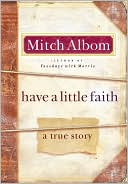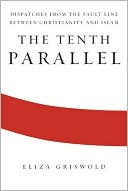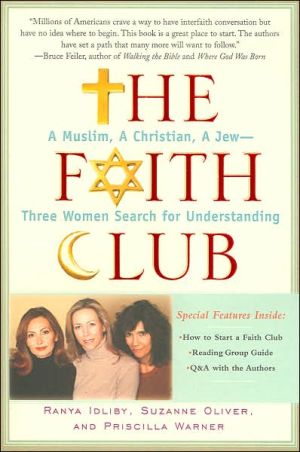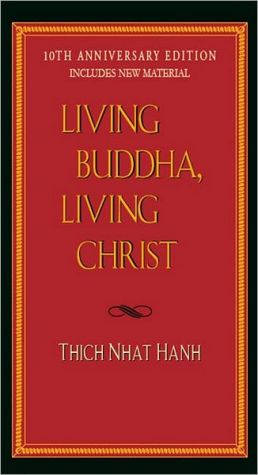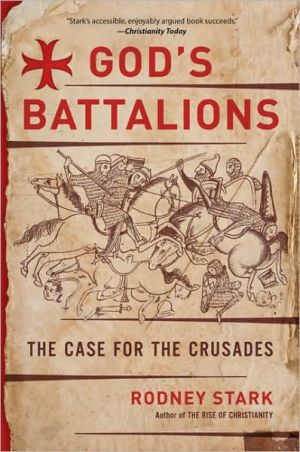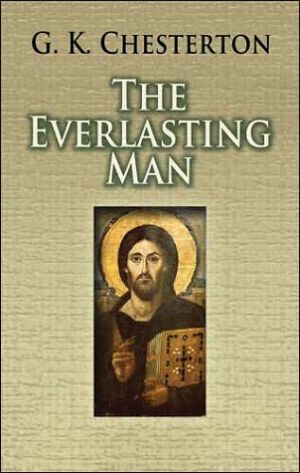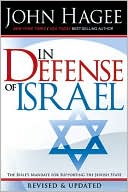Pondering the Passion
Pondering the Passion: What's at Stake for Christians and Jews? explores how the story of the death of Jesus has been imagined and portrayed over the centuries. In the shadow of the Holocaust and under the eye of contemporary scrutiny, the varied and often conflicting depictions of the Passion of Christ raise questions lying at the heart of both the Jewish and the Christian faiths: Who was Jesus? Why was he executed? What role did the Jews play in his death? How is Jesus' death redemptive?...
Search in google:
Pondering the Passion explores how the story of the death of Jesus has been imagined and portrayed over the centuries. In the shadow of the Holocaust and under the eye of contemporary scrutiny, the varied and often conflicting depictions of the Passion of Christ raise questions lying at the heart of both the Jewish and the Christian faiths. Publishers Weekly Scholars and practitioners of Christian-Jewish dialogue found themselves thrust into the spotlight in 2004 with the release of Mel Gibson's film The Passion of the Christ. The Center for Christian-Jewish Learning at Boston College, which Cunningham directs, rose to the occasion with a lecture series that led to this collection of essays. Its greatest strength is the way it resists the temptation to comment on Gibson's film until theological and historical groundwork has been laid. The first four sections treat first-century history (including crucial questions about the exact nature of Jesus' trial and sentencing), the historical nature of the gospel accounts, the Passion in the arts and the meaning of salvation and redemption in Christian theology. Only after this context has been established, generally in well-crafted essays that represent mainstream Catholic thought, do the book's final contributors weigh in on the film itself. Among these essays, Cunningham's stands out for its enumeration of the ways he says that Gibson flouted Catholic teaching and flirted with anti-Semitism in his artistic choices. Catholic educator Mary Boys also contributes a thoughtful reflection on the hostile responses she encountered when critiquing the film in public and on television. With few exceptions, these contributors bring substance to a conversation that deserves to continue after the glare of publicity has faded. (Dec.) Copyright 2004 Reed Business Information.
Introduction : the Passion - what's at stake for Christians and Jews?Ch. 1The Jews under Roman rule3Ch. 2The problem of Jewish jurisprudence and the trial of Jesus13Ch. 3Why was Jesus executed? : history and faith27Ch. 4Protestant understandings of the Passion43Ch. 5Separating the true from the historical : a Catholic approach to the Passion narratives55Ch. 6The depiction of Jews in early Passion iconography67Ch. 7The Passion in music : Bach's settings of the Matthew and John Passions87Ch. 8Oberammergau : a case study of Passion plays97Ch. 9Celluloid Passions109Ch. 10What does it mean to be saved?119Ch. 11Why is the death of Jesus redemptive?129Ch. 12A challenge to Catholic teaching143Ch. 13Gibson's Passion in the face of the Shoah's ethical considerations157Ch. 14Were you there when they crucified my Lord? : the psychological risks of "witnessing" the Passion169Ch. 15Educating for a faith that feels and thinks181
\ Publishers WeeklyScholars and practitioners of Christian-Jewish dialogue found themselves thrust into the spotlight in 2004 with the release of Mel Gibson's film The Passion of the Christ. The Center for Christian-Jewish Learning at Boston College, which Cunningham directs, rose to the occasion with a lecture series that led to this collection of essays. Its greatest strength is the way it resists the temptation to comment on Gibson's film until theological and historical groundwork has been laid. The first four sections treat first-century history (including crucial questions about the exact nature of Jesus' trial and sentencing), the historical nature of the gospel accounts, the Passion in the arts and the meaning of salvation and redemption in Christian theology. Only after this context has been established, generally in well-crafted essays that represent mainstream Catholic thought, do the book's final contributors weigh in on the film itself. Among these essays, Cunningham's stands out for its enumeration of the ways he says that Gibson flouted Catholic teaching and flirted with anti-Semitism in his artistic choices. Catholic educator Mary Boys also contributes a thoughtful reflection on the hostile responses she encountered when critiquing the film in public and on television. With few exceptions, these contributors bring substance to a conversation that deserves to continue after the glare of publicity has faded. (Dec.) Copyright 2004 Reed Business Information.\ \ \ \ \ Library JournalMel Gibson's The Passion of the Christ has again raised the issue of the role of the Jewish people in the death of Jesus. This collection of essays, edited by Cunningham (theology, Boston Coll.; executive director, Ctr. for Jewish-Christian Learning), considers the Passion story generally and its effect on Jewish-Christian relations. The con tributors-most of whom are Christian, and two of whom are rabbis-are either scholars interested in the relationship between the two groups or active participants in the dialog between them. In Part 1, three authors treat the relationship among Jews, Christians, and Romans in the first century; Part 2 considers the Passion narratives from both Protestant and Catholic perspectives and reflects on the meaning of "redemption," while Part 3 considers the treatment of thePassion in the arts. The various perspectives help the general reader situate Gibson's movie and the reactions to it in a broader context. Highly recommended for all libraries.-Augustine J. Curley, Newark Abbey, NJ Copyright 2005 Reed Business Information.\ \ \ Staten Island AdvanceCunningham... has edited an excellent book that sorts out many aspects of Jesus' death.\ \

